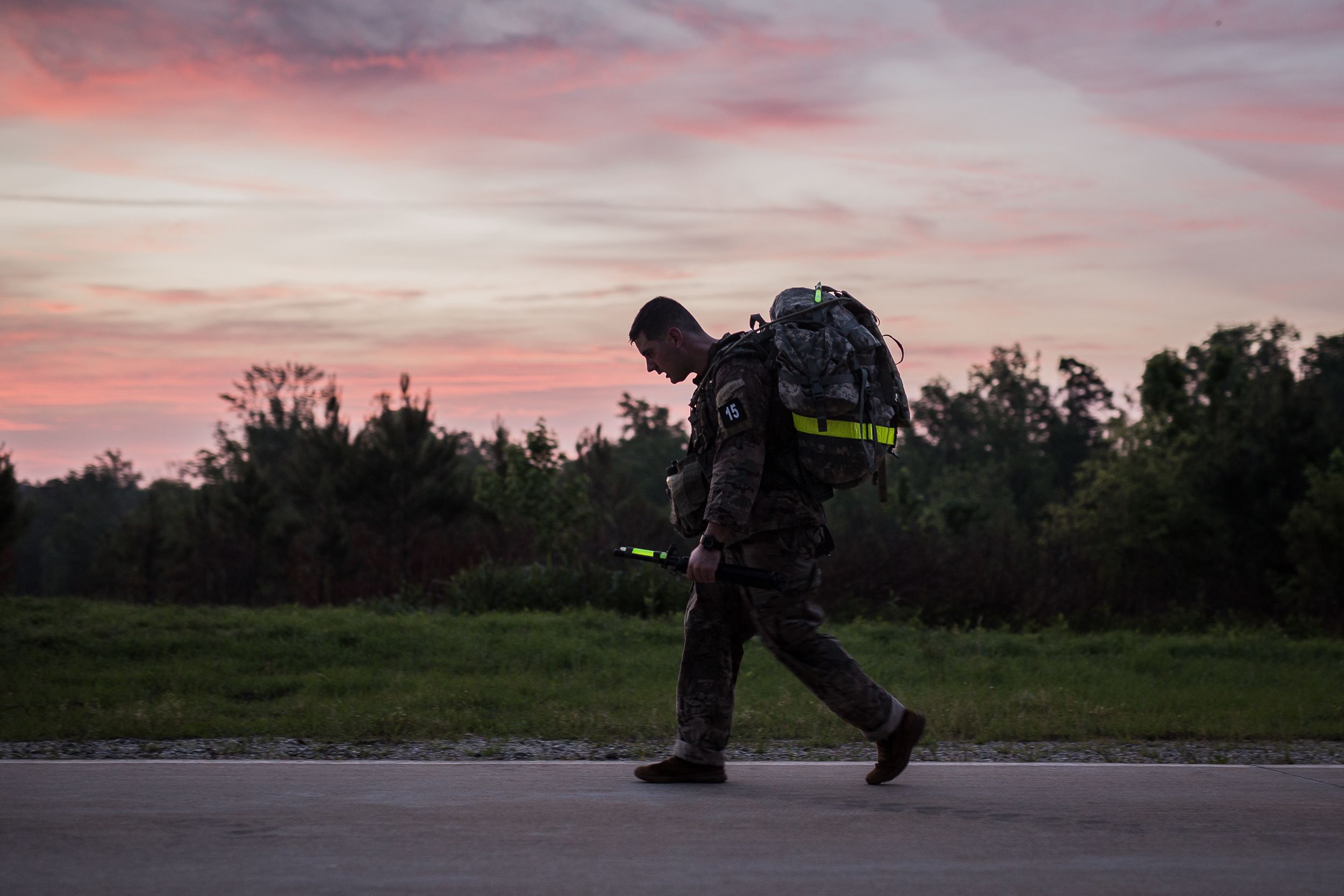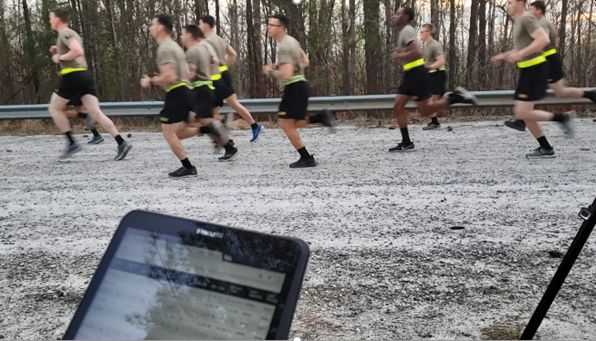Georgia Tech Contributes to Reducing Heat-related Illness in Military Personnel

Heat-related injuries have long been a serious focus for the military, and the number reported cases has been climbing sharply in recent years. In 2018, statistics indicated that there were 578 diagnoses cases of heat stroke and more than 2,000 reported incidents of diagnosed heat exhaustion among active service members. Between 2014 and 2018, about 40% of all military heat-related illness and deaths occurred at only five installation in the United States, with more than 1,500 cases alone in Ft. Benning, GA. Heat related illnesses represent a continuum of conditions that goes from mild (i.e. heat exhaustion) to severe and potentially life threatening (i.e. exertional heat stoke). Episodes can be the result of environmental heat stress and physical exertion due to exercise or intense activity in hot and humid conditions.
To help the government reduce the incidents of heat injuries among service members, researchers at the Georgia Tech Research Institute (GTRI) in collaboration with the U.S. Army Medical Materiel Development Activity (USAMMDA), the US Army Research Institute of Environmental Medicine (USARIEM) and MIT Lincoln Labs are supporting research in sensor technology providing state-of-the-art solutions in communications and data analytics.
The physiological monitoring of military service members during exercise activity is possible thanks to a combination of several technologies. At the core of the project is an algorithm developed by USARIEM researcher Dr. Mark Buller to predict internal body temperature from sequential heart rate measurements. This algorithm utilizes a prediction model based on a Kalman filter approach to model the physiology of internal body temperature as noisy observations of heart rate, providing a good estimation of internal body temperature during activity. Then, this algorithm is embedded in a wearable sensor developed by MIT Lincoln Labs, which captures heart rate, skin temperature and accelerometry providing an estimation of internal core temperature. This sensors emits an advertising Bluetooth message once per second containing vital information like heart rate and estimated core and skin temperature.

During physical activity, a custom mesh network of communication nodes developed by researchers at GTRI capture the Bluetooth packets from all participants as they move though the course, which sometimes can be as long as 12 miles. Nodes uses Long Range (LoRa) radios to cover large distances and special software to listen to the sensor Bluetooth packets. The data is then filtered and aggregated at a head node where instructors can monitor each participant in realtime for early symptoms of heat injuries. Moreover, the data is also uploaded in realtime to a cloud computing platform that tags, catalogs and stores the information for each participants and each event. Advanced visualizations allow remote users to follow an event in realtime, independently of their geographical location. Data analytics are used to identify possible conditions of injury and provide summary information. This system is built to be sensor agnostic and scalable, allowing more sensors to be integrated on a large number of users. Moreover, researchers have the ability to review events retrospectively and identify crucial moments associated to potential events. 
The combination of these technologies provides the Government, for the first time, with the capability to monitor in realtime the physiology of hundreds of recruits during a training event, detecting early symptoms of heath related illnesses and offering the possibility to intervene before it is too late. It is hoped that together with other initiatives like the Heat Center at Ft. Benning directed by MAJ. David DeGroot, the number of heat-related injuries will decrease in the near future.

